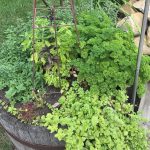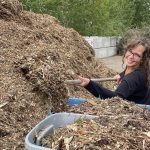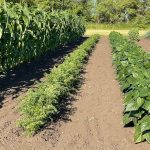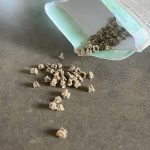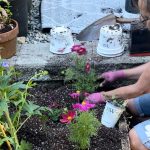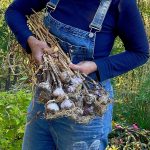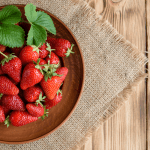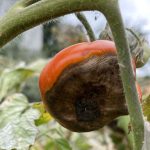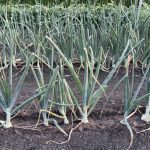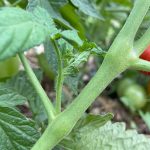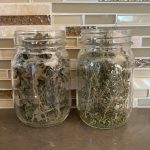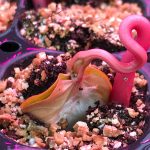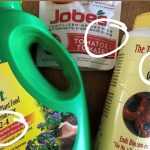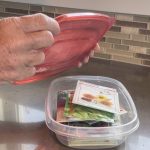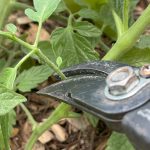Knowing What Vegetable Seedlings Do and Don’t Do Well as Transplants
Is excitement building for the upcoming gardening opportunities brought by spring?
My focus is on perfecting the art of kickstarting the growth of vegetables indoors, so let’s talk about that. As we get ready for spring, you can ensure your vegetable garden thrives this growing season by starting your vegetables indoors and then transplanting them! Not all vegetables transplant well, so let’s talk about why you should transplant vegetable seedlings, what vegetable seedlings transplant well, and which vegetables should wait until the ground thaws to plant!
Five Reasons to Start Vegetables Indoors
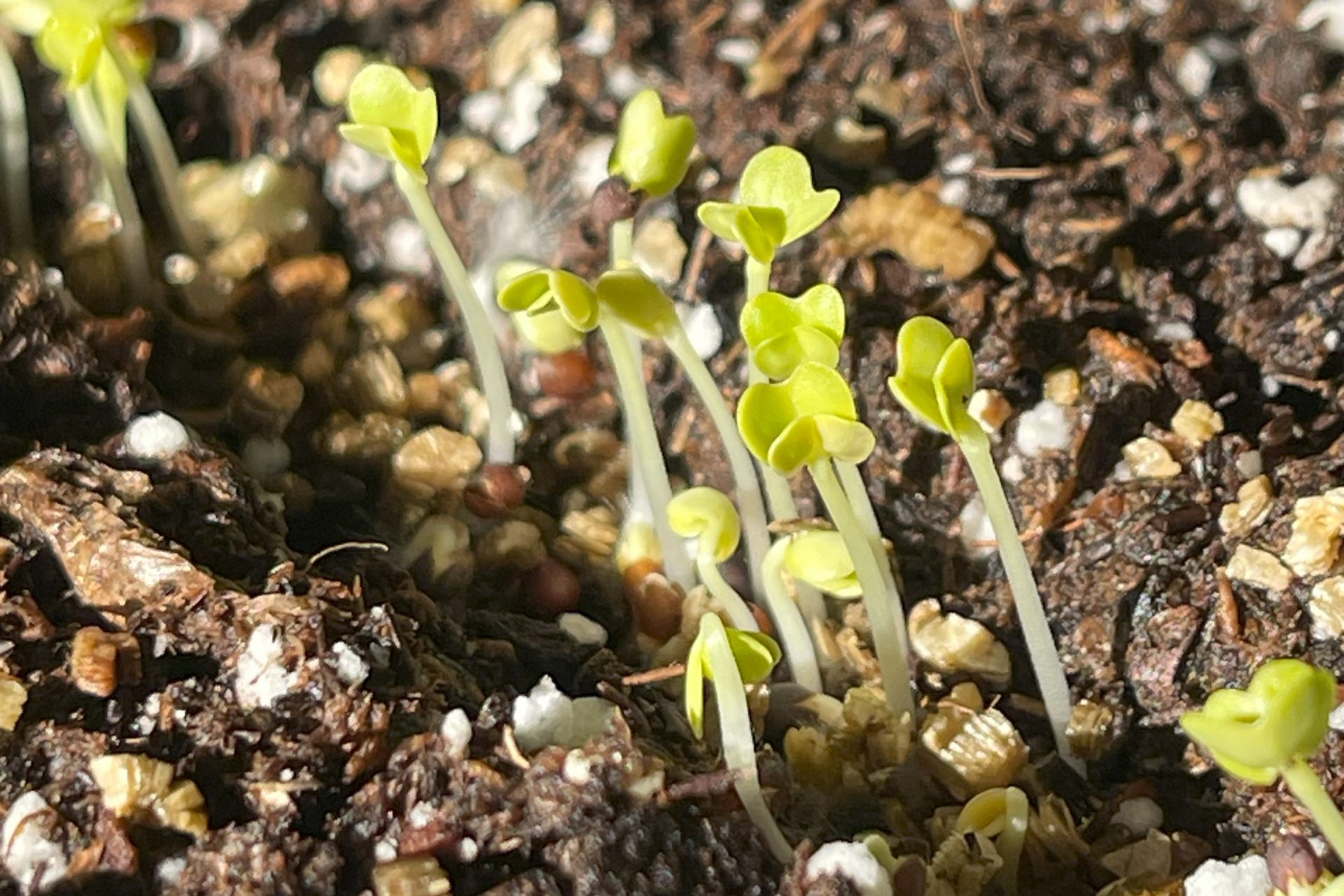
Gardeners of plant growing zones 3-4 face the challenge of maximizing their 115-120 frost-free days each growing season and this tight timeframe pushes us to begin many of our vegetable gardens early.
Here are 5 reasons to those transplants going ahead of time:

Want the inside scoop on more gardening tips? Get early access to all my blogs and exclusive content by signing up for my newsletter!
1. Some Vegetables are Cool Weather Crops and They Hate the Heat

- ‘Cool weather crops’ are vegetables that thrive in cool temperatures.
- Once the heat pours on, their growth slows down, and some bolt, which means growing tall and going to seed from the stress.
- Spinach, head lettuce, butter lettuce, Swiss chard can all be started indoors to get a jump start on the season and get them growing outdoors in early spring while the weather is still cool.
2. Some Vegetables are Hot Weather Crops and They Hate the Cold

- Also called ‘tender vegetables’, most of these warm weather vegetables originate from the tropics and they are highly susceptible to cold temperatures, where even a minor frost can cause significant harm.
- Tomatoes, peppers, cucumbers, pumpkins, squash, zucchini are called ‘tender crops’, meaning that they really dislike cold temperatures.
- These crops are started indoors to get them going and then planted out later during the first 2 weeks of June in our growing zone as the threat of frost has passed.
3. Some Vegetables Require an Extended Time Period to Reach Maturity
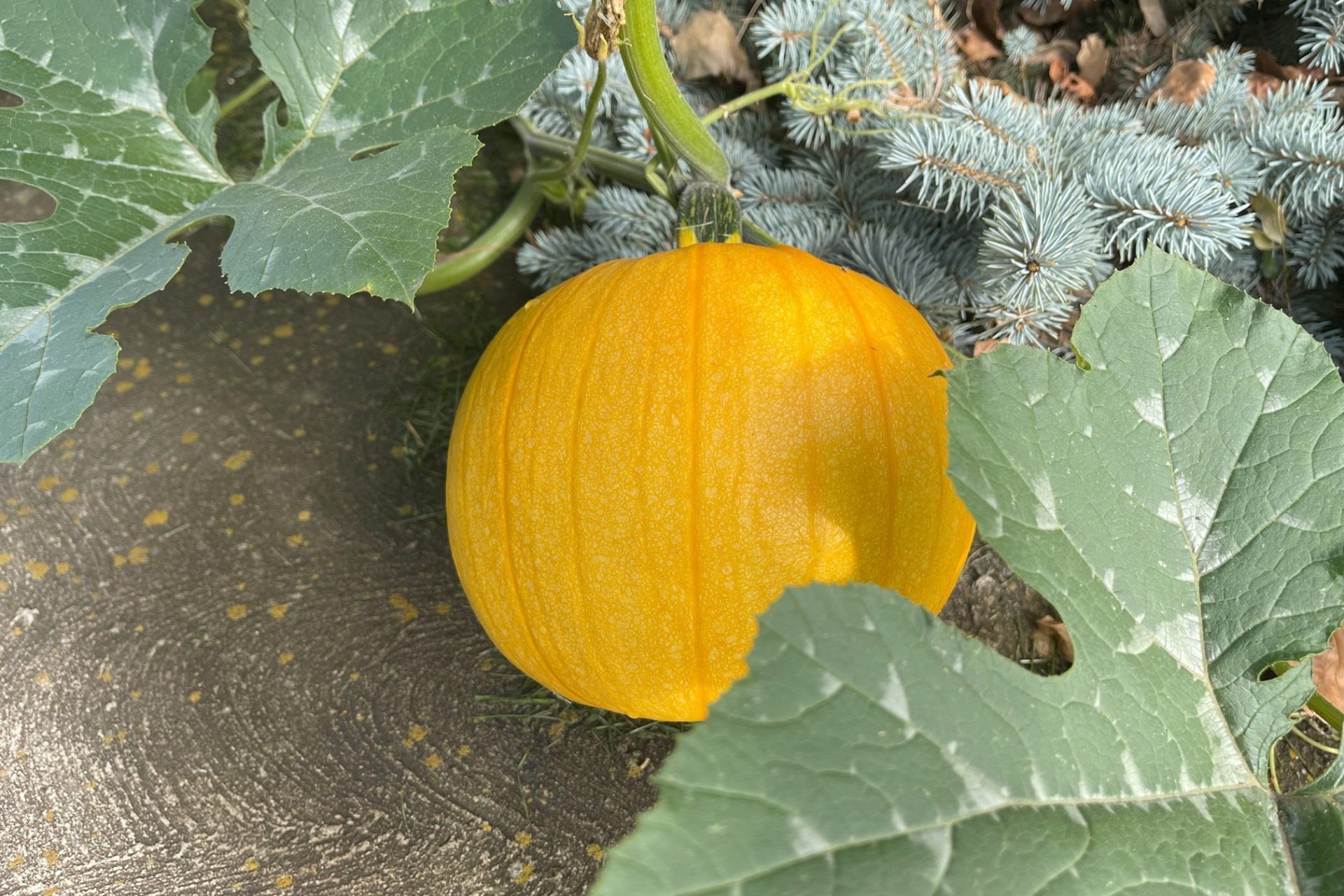
- Some vegetables require more days to mature than a zone 3-4 growing zone has to offer.
- Peppers, cucumbers, some tomatoes, squash, and cole crops (broccoli, Brussels Sprouts, cabbage, cauliflower) fall into this category and getting them going indoors gives them a boost with our short growing season.
4. Vegetable Seedlings Stand a Better Chance Against Garden Pests

- Starting some vegetables early indoors gives some vegetables leg up against garden pests like cut worms or root maggots
- Onions, leeks, and cole crop seedlings stand a better chance than germinating seeds.
5. An Earlier Harvest
And lastly, as a gardener, you just want to harvest earlier. Starting your vegetables indoors and transplanting the seedlings ensures you can enjoy the fruits (and veggies) of your labour for longer!

Want the inside scoop on more gardening tips? Get early access to all my blogs and exclusive content by signing up for my newsletter!
Vegetables that Grow Well From Seedlings
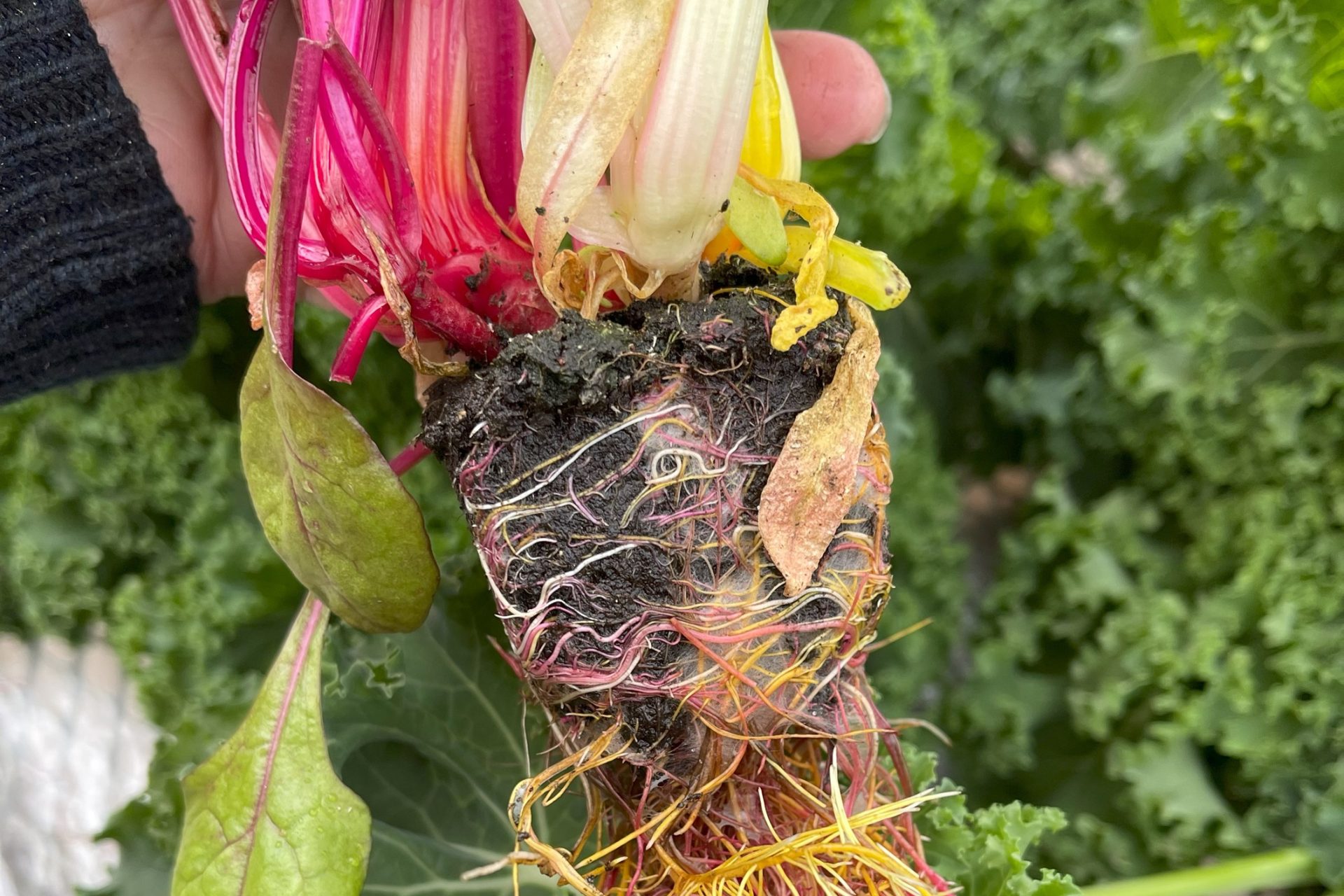
Vegetables that benefit from being started early include:
- tomatoes
- peppers
- cole or cruciferous crops (broccoli, Brussels sprouts, cabbage, cauliflower, kale, kohlrabi)
- cucumbers
- lettuce, spinach, and mixed greens
- leeks and onions
- pumpkins and squash
- swiss chard
- zucchini.
Vegetables that Transplant Poorly
Many vegetables, like the ones mentioned above benefit from early starts, but for some, direct seeding proves more effective due to the adverse impact of transplantation on their growth and often thrive best when sown directly into the soil.
Let’s take look at some specific vegetables that don’t transplant well:
1. Corn
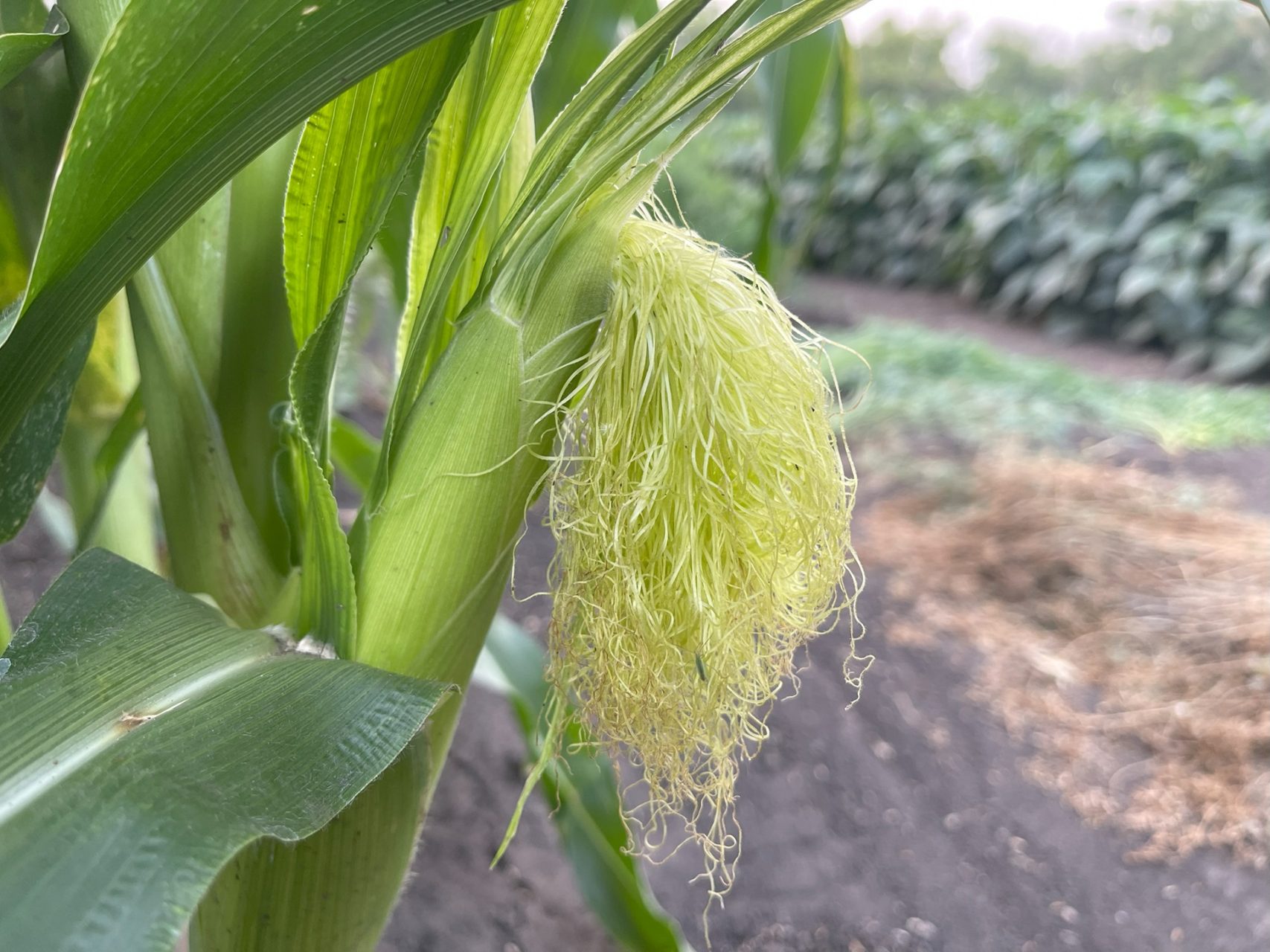
Corn, for instance, flourishes when directly sown in in-ground gardens or raised beds rather than in pots due to space constraints.
○ Transplanted corn typically experiences stunted growth and yields small cobs.
○ It is best to sow corn in the initial weeks of May as it matures over 90 to 100 days.
2. Peas and 3. Beans


Peas and beans of all varieties are prolific grows when sown directly in gardens, raised beds, or even pots.
○ Transplanting usually hampers growth.
○ Additionally, transplants are costly.
There are dwarf varieties that grow well in smaller spaces and in pots.

Want the inside scoop on more gardening tips? Get early access to all my blogs and exclusive content by signing up for my newsletter!
4. Vegetable Root Crops

Root crops are vegetables that are eaten as roots.
Starting root crops such as radishes, carrots, and parsnips from seedings face slowdowns in growth and the roots often split, so start these vegetables from seed and keep the soil moist as they germinate.
Germination is compromised if the soil dries out.
Bonus Content: Sunflowers
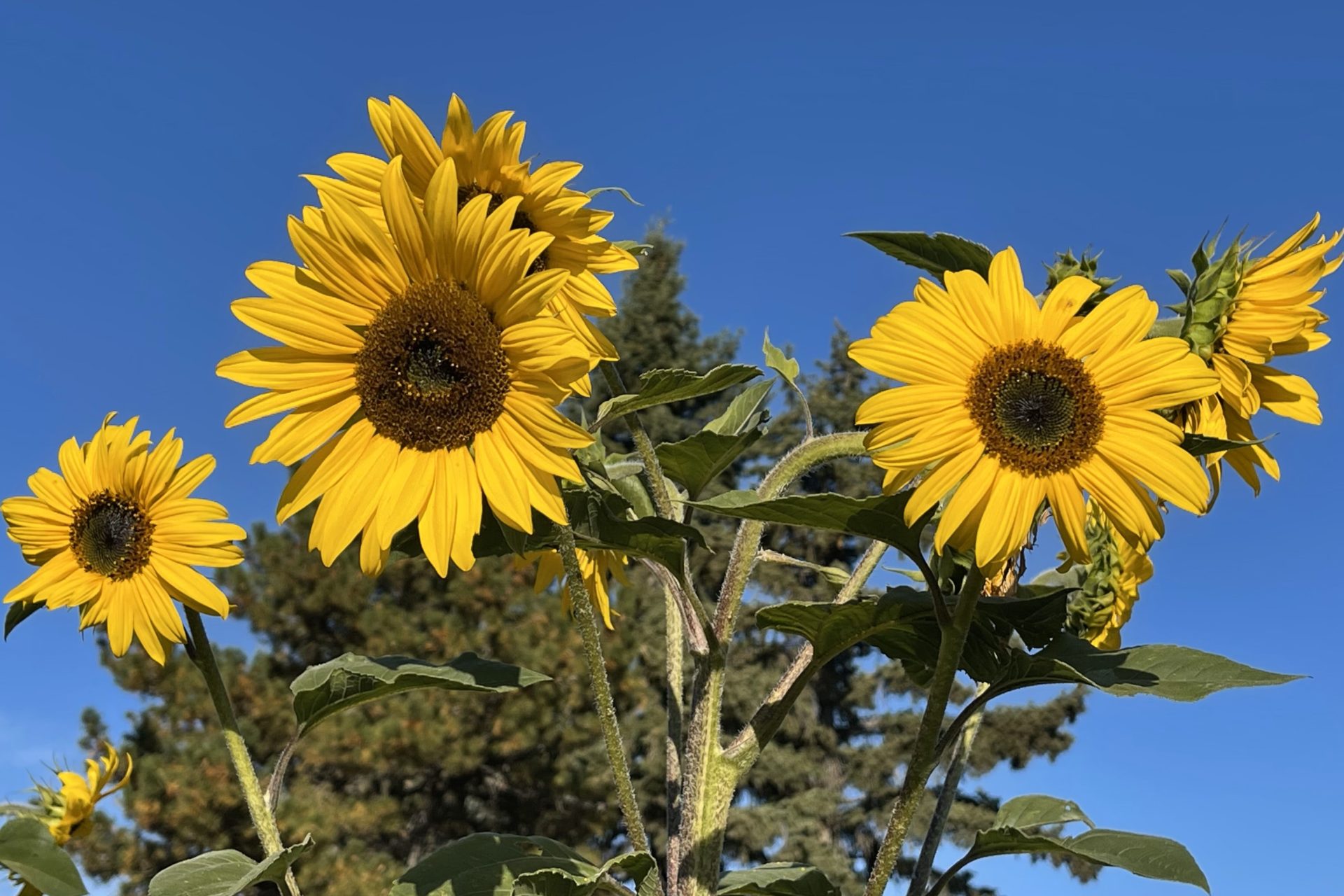
And yes, not a vegetable, but Sunflowers also grow much better if they are sown directly into the soil.
Related Blogs:
- The Vegetable Planting Chart
- The Companion Planting Chart
- When to Plant a Successful Vegetable Garden in Alberta or any Other Zone 3-4 Growing Zone
- How to Grow the Best Tomatoes in Alberta
- How to Grow Great Cucumbers in Alberta
- How to Grow Great Onions in Alberta and on the Prairies
- How to Grow Beets in Alberta
- How to Grow Garlic in Alberta and on the Prairies
Ready for a Bumper Crop this Year?
Growing vegetables is an art in which you add more finesse to each year. If you’re just getting started with vegetable growing, it’s a good idea to start with one or two of your favourites and work your way up from there. I would also recommend beginning your vegetable growing journey with some transplanted seedlings and and some not in order to see how your garden fairs.
Start small, make a plan, take good notes of the season’s progress, stay the course, and your work will pay off with a bounty of tasty vegetables for you and your family to enjoy!
©Sharon Wallish Murphy ©Gardening with Sharon


